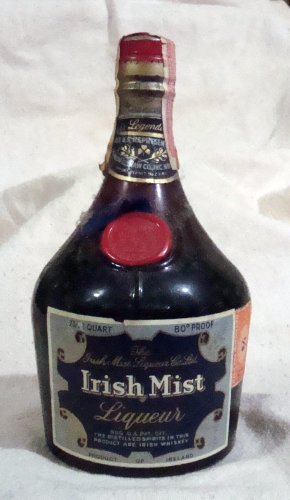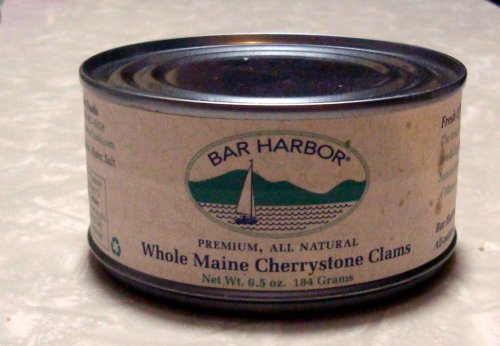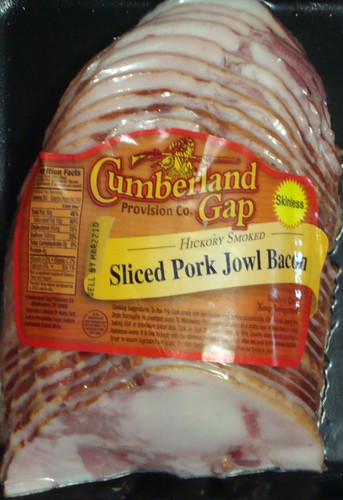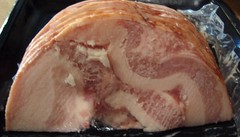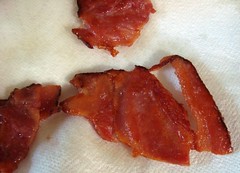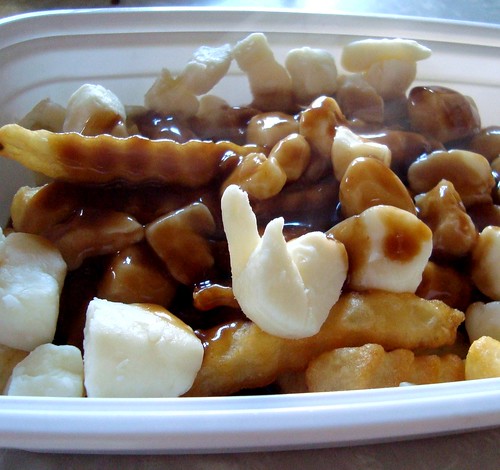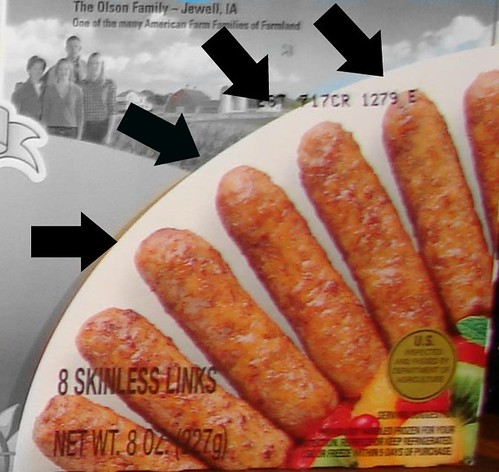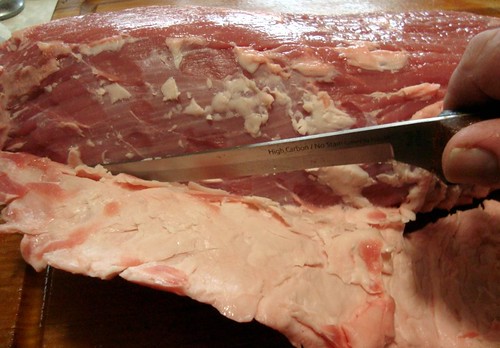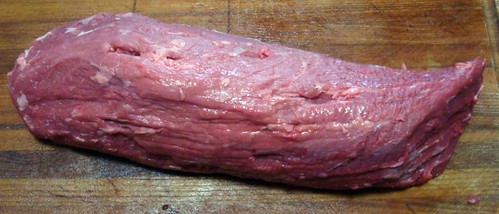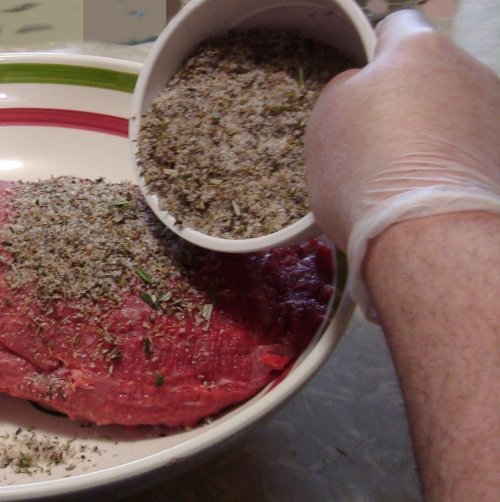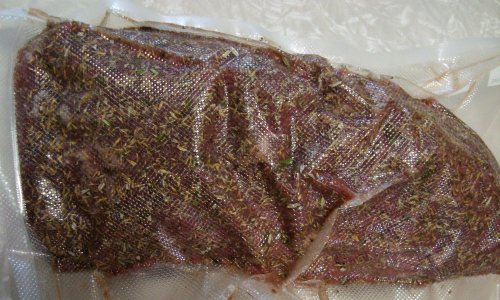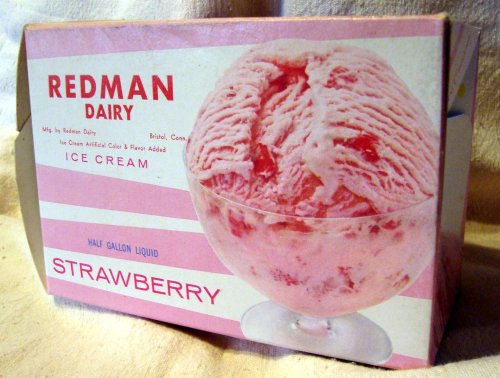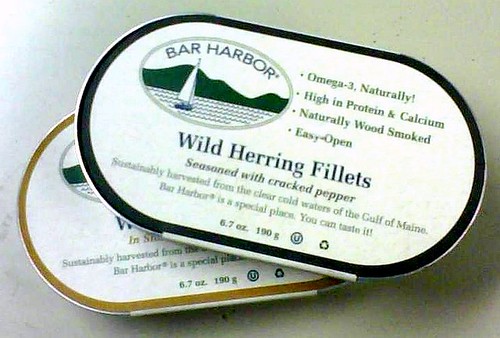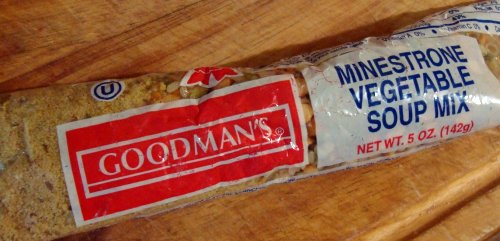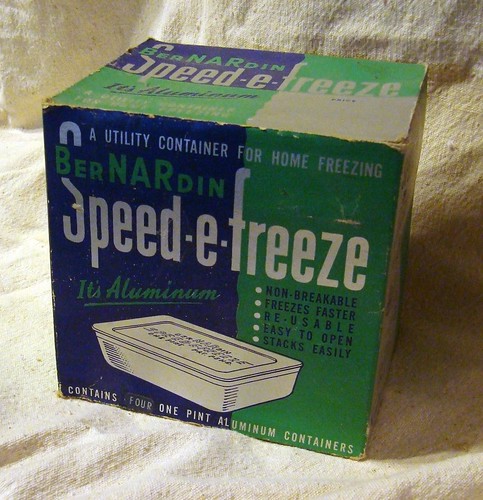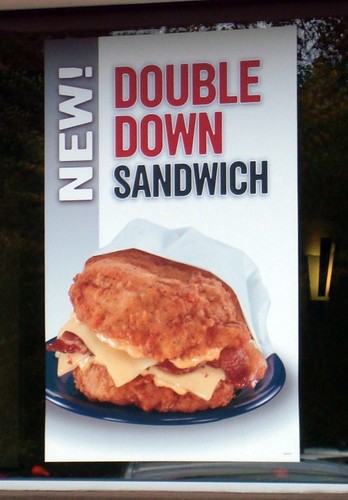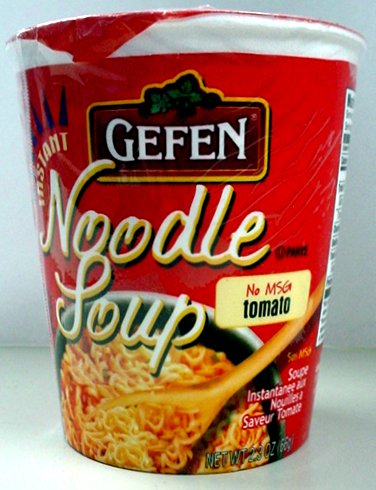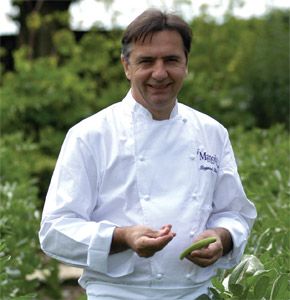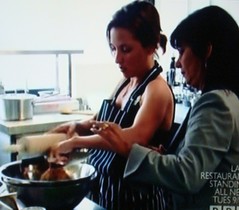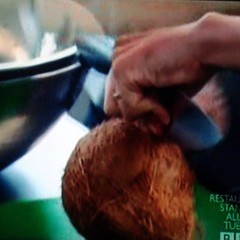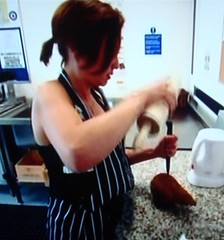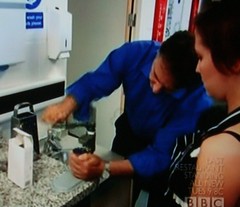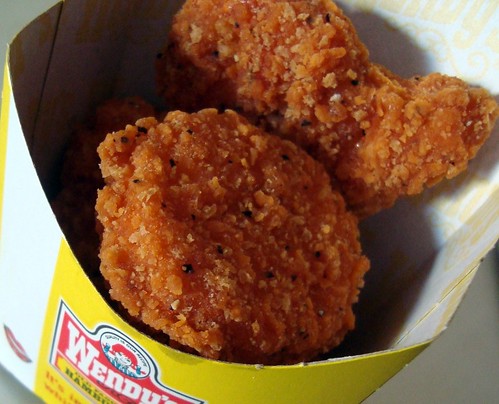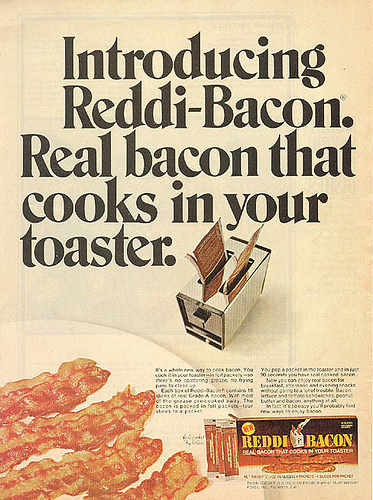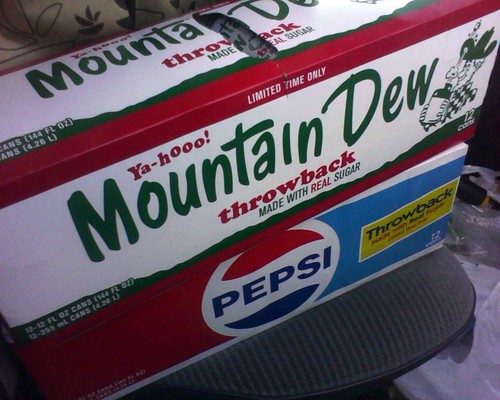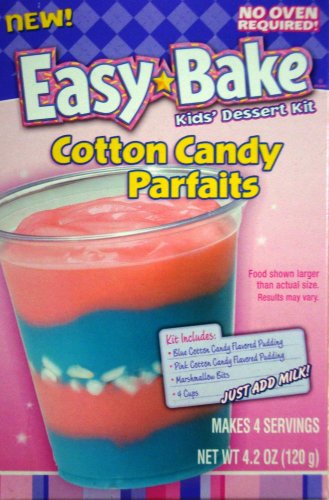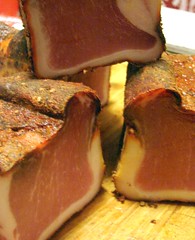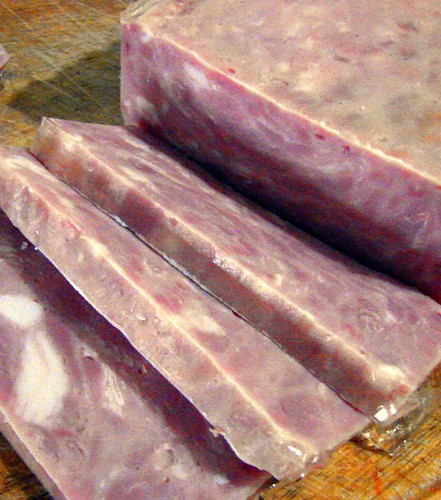It's that time of year again - even though I'm about a week or so later than last year - and the pork loins are hanging in my attic curing room, slowly and magically turning into capicola. You can refer back to this post from last year as a starting point if you'd like to see how to make your own, step by step. This time around, I'm only going to go over some changes we made in the process.
Also, I'd like to thank the many people I've corresponded with via email, and who've shared their own methods and memories about curing capicola.
One of the changes we made this year was in the way we season our hot capicola. Traditionally, sweet capicola is made by coating the loin with coarsely ground black pepper before casing them and hot capicola is made by coating the pork with powdered cayenne or other hot red pepper. But cayenne pepper is not a big favorite of mine; in my opinion, it gives heat without lending flavor and I've never been a fan of heat for heat's sake. So my friend Roger and I developed a hot seasoning that would give a pleasant burn and also allow the flavor of the peppers to enhance the concentrated porkiness of the cured capicola.
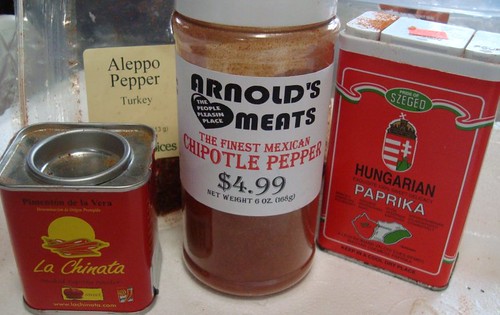
We started with about a quarter cup of coarsely ground black pepper, which was left over from coating the sweet cappies. That will give a fruity base to seasoning and means we won't be wasting any leftovers (which I don't keep after having raw pork rolled around in it.) Then we added about 3 ounces of chipotle pepper powder, 1/4 cup of imported Hungarian paprika (we used sweet for flavor, but you could use hot for an extra kick,) a little over an ounce of smoked imported Spanish paprika, and a handful of coarsely ground Turkish Aleppo pepper (a lit like crushed Italian red peppers, but a bit moister and with a much richer red-pepper flavor.) Measurements are approximate because I cook as much "by eye" as I do "by spoon." As with any other ingredients, quality is key. Buy the best spices you can afford. My favorite sources are Penzey's (where I got the Aleppo) and Nutmeg Spice Company (which puts up big canisters of spices for many different markets such as Arnold's Meats, where I bought the one shown above.)
The other change we made this year was in the actual process of putting up the capicola itself. First off, we didn't use butcher's string to tie off the casings at the ends. We used small plastic wire-ties. They gripped the casings quite effectively and were much easier and tighter than string.
We also used elastic netting over the casings, rather than wooden slats, to provide compression as the capicola cures. Several readers wrote in and told me they get great results with the netting, so I ordered a roll of it and we're trying it out. There's a trick to getting it over the capicola, though - you need some sort of tool to do it, because it's nearly impossible to just pull it over the cased meat like a sock.
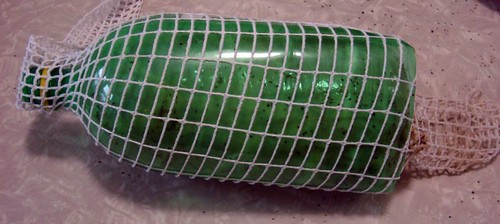 I cut the bottom end off of a 2-litre plastic soda bottle. To wrap the capicola, we put each capicola into the bottom of the bottle and pulled the elastic over the tapered end. Then we tied off the bottom end of the netting and pulled the bottle out the other side, leaving the capicola perfectly encased in the elastic web. This took about half the time that it would have taken us to strap them. We left extra at the top end to curl around to accomodate a hanging hook.
I cut the bottom end off of a 2-litre plastic soda bottle. To wrap the capicola, we put each capicola into the bottom of the bottle and pulled the elastic over the tapered end. Then we tied off the bottom end of the netting and pulled the bottle out the other side, leaving the capicola perfectly encased in the elastic web. This took about half the time that it would have taken us to strap them. We left extra at the top end to curl around to accomodate a hanging hook.
I hope the texture comes out as well as it does with the straps. It should - the netting provides compression evenly over the entire ham, while the slats concentrate the pressure at four points.
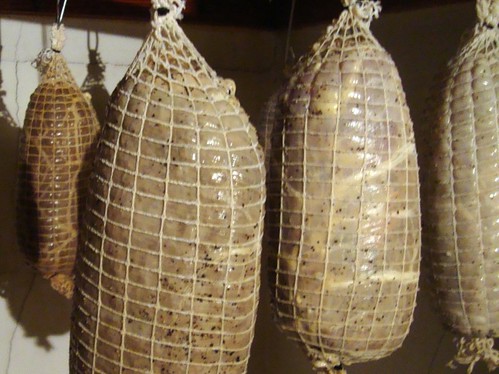
At right you can see the capicola, hanging deliciously in the curing room. We'll visit them periodically to see how they're doing, just like we did last year.
Links:Penzey's Spices - You owe it to yourself to pay them a visit; one of the best selection of high-quality herbs and spices anywhere. I've been buying stuff from them since
before the internet!!Nutmeg Spice Company - A local Connecticut company that provides exceptionally hig-quality merchandise under both their own label and custom grocery-store and other private labels in New England. I've never had a bad experience with them.



